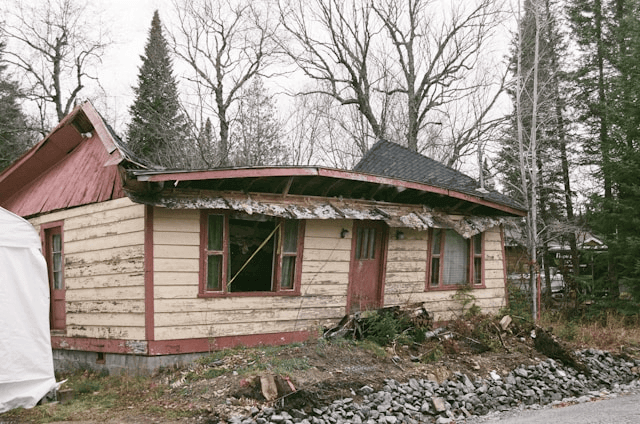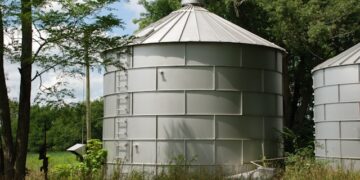Earthquakes are sudden, unpredictable, and can cause devastating damage within seconds. If you live in a seismic zone, knowing how to earthquake-proof your home is not just a precaution, it’s a necessity. Proper preparation can mean the difference between minor inconvenience and life-altering destruction. This guide offers practical, easy-to-follow steps on how to earthquake-proof a house, from structural reinforcements to emergency planning.
Evaluate Your Home’s Earthquake Risk
The first step in home earthquake preparedness is understanding your home’s risk level. If you’re in a region known for seismic activity such as California, Alaska, or parts of Asia and South America earthquake-proofing is critical.
Start by considering:
-
Your home’s age: Homes built before modern seismic codes may lack essential reinforcements.
-
Building materials: Wood-frame houses perform better in earthquakes than unreinforced masonry structures.
-
Soil type: Homes built on soft or sandy soil may be more vulnerable to shaking.
A licensed structural engineer can perform a detailed seismic evaluation of your home to identify weaknesses and recommend specific retrofitting measures.
Strengthen Your Home’s Structure
If you’re serious about how to earthquake-proof your home, start with its bones, the foundation and structure.
Foundation Bolting and Bracing
Older homes, especially those built before the 1980s, often aren’t bolted to their foundations. This can cause them to shift or collapse during a quake. Foundation bolting anchors the house to its base, significantly improving stability.
Retrofit Cripple Walls
Cripple walls are short walls between the foundation and the first floor. If not braced, they can buckle under seismic stress. Strengthening these with plywood sheathing adds much-needed rigidity.
Reinforce Chimneys and Masonry
Unreinforced brick chimneys and walls are among the first elements to fail. Secure them with steel reinforcements or replace them with more earthquake-resistant materials.
Retrofitting may seem costly, but when considering the potential cost of repairs or loss, it’s a worthwhile investment.
Secure Furniture and Heavy Objects
Even if your structure holds up, unsecured furniture can pose serious hazards. Part of knowing how to earthquake-proof a house includes reducing risks inside your home.
-
Anchor tall bookshelves, cabinets, and wardrobes to wall studs with L-brackets.
-
Use anti-tip straps on flat-screen TVs and large appliances like refrigerators.
-
Avoid placing heavy objects above beds or sofas. Items like framed art or mirrors should be securely mounted with earthquake putty or safety hooks.
This simple yet crucial step can prevent injuries from falling objects during an earthquake.
Emergency Preparedness Inside the Home
Structural reinforcements are just one aspect of home earthquake preparedness. You also need a clear plan for what to do when an earthquake strikes.
Create Safe Zones
Designate safe spots in each room, away from windows and under sturdy furniture like tables or desks. Practice “Drop, Cover, and Hold On” drills regularly with family members.
Build an Earthquake Safety Kit
A well-stocked kit should include:
-
Flashlights and batteries
-
Bottled water and non-perishable food (3-day supply minimum)
-
First-aid kit
-
Portable phone charger
-
Emergency radio
-
Extra medications and personal hygiene products
Store the kit in an easily accessible location and check its contents twice a year.
Prepare an Emergency Plan
Have a family evacuation plan with designated meeting spots. Make sure everyone knows how to shut off gas, electricity, and water. It’s also wise to keep copies of important documents in a waterproof, portable container.
Technology and Tools That Help
Modern tools can enhance your efforts to earthquake-proof your home.
-
Seismic gas shutoff valves automatically stop gas flow during strong tremors to prevent fires.
-
Smart sensors and alarms can detect early shaking and give you a few precious seconds to take cover.
-
Earthquake insurance provides financial protection. While not required, it’s a smart safeguard in high-risk areas.
Retrofitting Costs and Incentives
Retrofitting a home for earthquakes typically costs between $3,000 and $10,000, depending on the size and condition of the house. While this may seem high, it’s a fraction of the cost of repairing major structural damage.
Many states and cities offer grants or incentives to help homeowners retrofit. For example, California’s Earthquake Brace + Bolt (EBB) program offers up to $3,000 toward eligible retrofits. Check with local authorities or FEMA for available financial assistance in your area.
Conclusion
Understanding how to earthquake-proof your home is one of the most responsible things you can do if you live in a seismic region. From structural reinforcements and securing furniture to having emergency plans in place, every step you take brings greater peace of mind.









